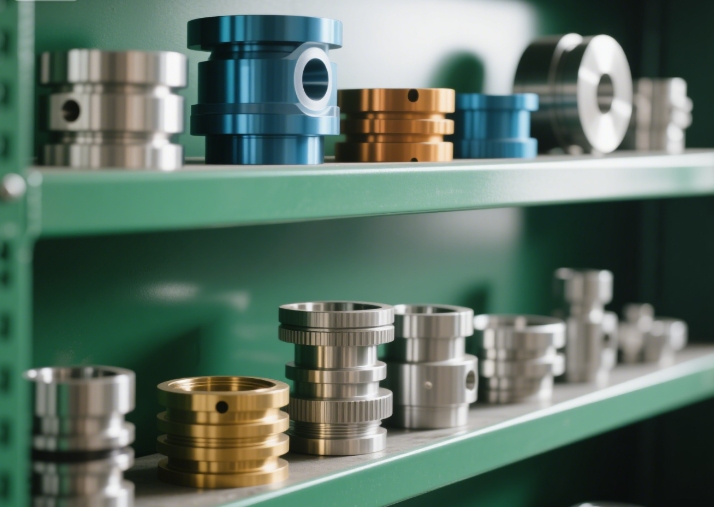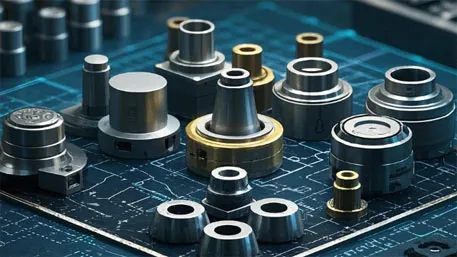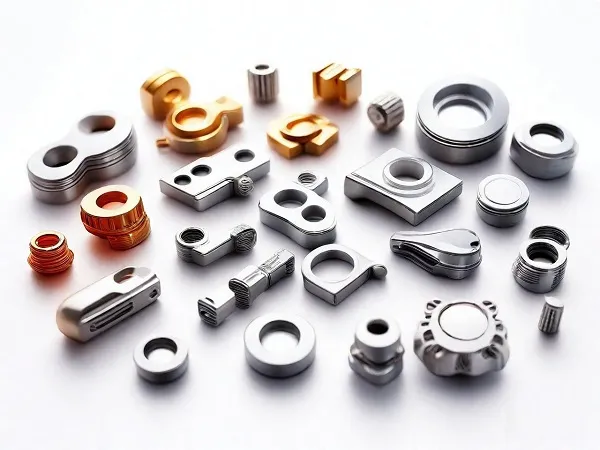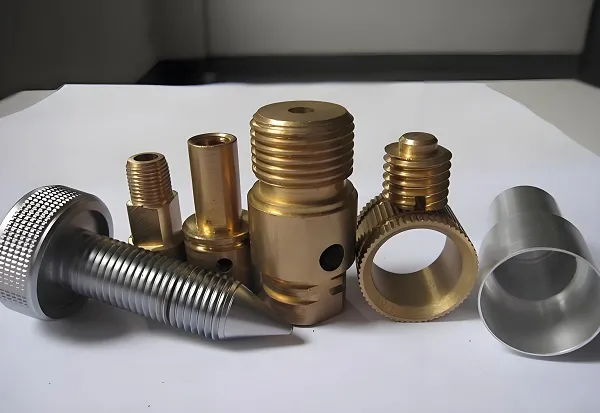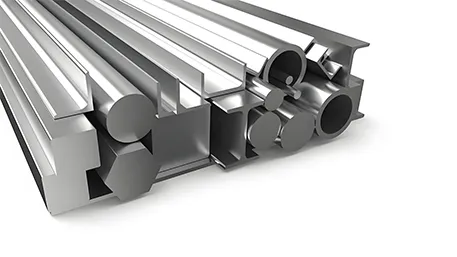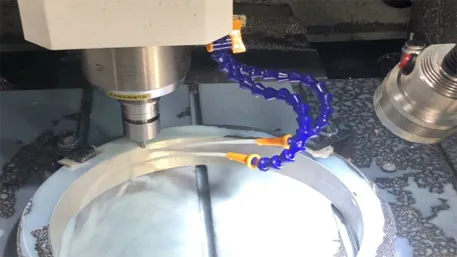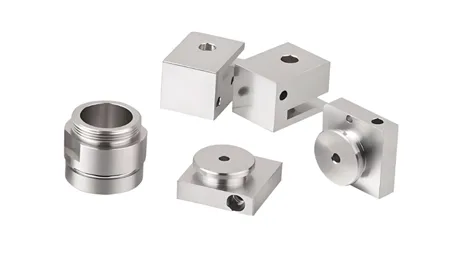Q1: What exactly is CNC Manufacturing?
Q2: How does CNC Manufacturing actually work?
- Design (CAD): Create a 3D model of the part using Computer-Aided Design (CAD) software (e.g., SolidWorks, AutoCAD). This model defines every detail: dimensions, holes, curves, and tolerances.
-
- Example: I designed a titanium medical implant in SolidWorks, marking a 2mm-thick stem and 0.5mm chamfers to avoid tissue irritation.
- Programming (CAM): Convert the CAD model into machine-readable code using Computer-Aided Manufacturing (CAM) software (e.g., Mastercam, Fusion 360). CAM generates G-codes (for tool movements) and M-codes (for machine functions like coolant on/off).
-
- Key step: Simulate the program first! I once skipped simulation and crashed a tool into a fixture—costing $200 and an hour of downtime.
- Machine Setup: Prepare the CNC machine (mill, lathe, EDM) with the right tooling, material, and fixture. Secure the raw stock (e.g., an aluminum block) in a vice, load cutting tools (e.g., a 10mm end mill), and calibrate the machine’s “zero point” (where X=0, Y=0, Z=0).
- Production: Press “cycle start”—the machine executes the code automatically. Tools move along preprogrammed paths, cutting away material. Many CNC machines run 24/7 with minimal supervision (thanks to auto-tool changers and chip conveyors).
- Quality Control (QC): Inspect parts with tools like calipers, micrometers, or Coordinate Measuring Machines (CMMs) to ensure they meet specs. For critical parts (e.g., aerospace fasteners), we use X-ray testing to check for internal defects.
Q3: What makes CNC Manufacturing better than manual machining?
|
Factor
|
CNC Manufacturing
|
Manual Machining
|
|
Precision
|
±0.001–0.005mm (micron-level)
|
±0.1–0.3mm (depends on craftsman skill)
|
|
Efficiency
|
3–5x faster (e.g., 500 parts/day vs. 100)
|
Slow—fatigue reduces speed over time
|
|
Consistency
|
99.9% part uniformity (1,000 identical units)
|
85–90% uniformity (variation between parts)
|
|
Complexity
|
Handles 5-axis shapes (e.g., turbine blades)
|
Limited to 2–3-axis simple parts
|
|
Downtime
|
24/7 operation (auto-tool changers)
|
Stops for tool changes/operator breaks
|
Q4: What materials can be used in CNC Manufacturing?
|
Material
|
Key Traits
|
Common CNC Parts
|
Machining Tip
|
|
Aluminum (6061/7075)
|
Lightweight, easy to cut, affordable
|
EV battery trays, smartphone frames
|
Use high speeds (3000–5000r/min) to avoid sticking
|
|
Steel (4140/304)
|
Strong, corrosion-resistant
|
Engine crankshafts, industrial valves
|
Use coolant to reduce heat (prevents tool wear)
|
|
Titanium (Ti-6Al-4V)
|
Biocompatible, high strength-to-weight
|
Medical implants, aerospace turbine blades
|
Slow speeds (30–50m/min) + high coolant pressure
|
|
Plastics (PEEK/ABS)
|
Low cost, chemical-resistant
|
Medical device housings, electronics cases
|
Use compressed air (not liquid coolant—avoids clouding)
|
|
Carbon Fiber
|
Lightweight, ultra-strong
|
Aerospace panels, drone frames
|
Use diamond-coated tools (prevents fiber fraying)
|
Q5: Is CNC Manufacturing only for large factories?
- Small Shops/Hobbyists: Tabletop CNC mills (e.g., Tormach) cost \(5,000–\)15,000 and fit in garages. I know a one-person shop that makes custom bike parts with a compact CNC router.
- Mid-Size Factories: 3–5 CNC machines handle batches of 100–10,000 parts (e.g., custom automotive brackets).
- Large Plants: 50+ CNC machines (often connected via cloud) run 24/7 for mass production (e.g., 100,000 EV door hinges/month).
Q6: Which industries rely most on CNC Manufacturing?
- Automotive (35% of CNC use): Makes EV motor shafts, battery trays, transmission gears, and sensor brackets. CNC ensures 100,000 identical parts fit perfectly in assembly lines.
- Aerospace (28%): Produces turbine blades, landing gear parts, and avionics housings. 5-axis CNC machines cut complex titanium shapes that withstand 600℃ engine heat.
- Medical (19%): Creates hip/knee implants, surgical robot arms, and insulin pump housings. CNC’s micron precision ensures implants fit bone without irritation.
- Electronics (12%): Machines smartphone camera brackets, laptop hinge pins, and circuit board heatsinks. Tiny CNC routers cut 0.1mm micro-holes for electronics.
Q7: Will CNC Manufacturing replace human workers?
- Before CNC: Workers spent 80% of time manually guiding tools, 20% on problem-solving.
- With CNC: Workers spend 20% of time loading/unloading parts, 80% on higher-value tasks: programming, troubleshooting, optimizing processes, and quality control.
Q8: What’s the future of CNC Manufacturing?
- Industry 4.0 Integration: CNC machines connected to the cloud for remote monitoring. I already check my shop’s CNC status from my phone—if a machine breaks, I get an alert instantly.
- AI-Powered Optimization: AI will auto-adjust cutting parameters (speed, feed rate) based on real-time data. For example, AI could detect tool wear and slow the machine before it fails.
- 5-Axis + Advanced Tools: More shops will adopt 5-axis CNC (now 30% of market) for complex parts. We’re also testing “hybrid” machines that combine CNC milling with 3D printing for even more flexibility.
- Sustainability: CNC shops will recycle more scrap (we already recycle 95% of aluminum chips) and use eco-friendly coolants. Some machines now use solar power to reduce carbon footprints.
Q9: How can someone learn CNC Manufacturing?
- Learn CAD/CAM: Take free online courses (e.g., SolidWorks for Beginners, Mastercam Tutorials) to design parts and write basic code.
- Hands-On Practice: Use a tabletop CNC mill (e.g., Shapeoko, Tormach) to make simple parts—start with a aluminum bracket or plastic keychain.
- Get Certified: Programs like Haas CNC Operator Certification teach machine setup, troubleshooting, and safety—respected by employers.
- Shadow a Pro: Visit a local CNC shop (most owners are happy to share insights). I learned more from watching a veteran adjust coolant flow than from any textbook.

